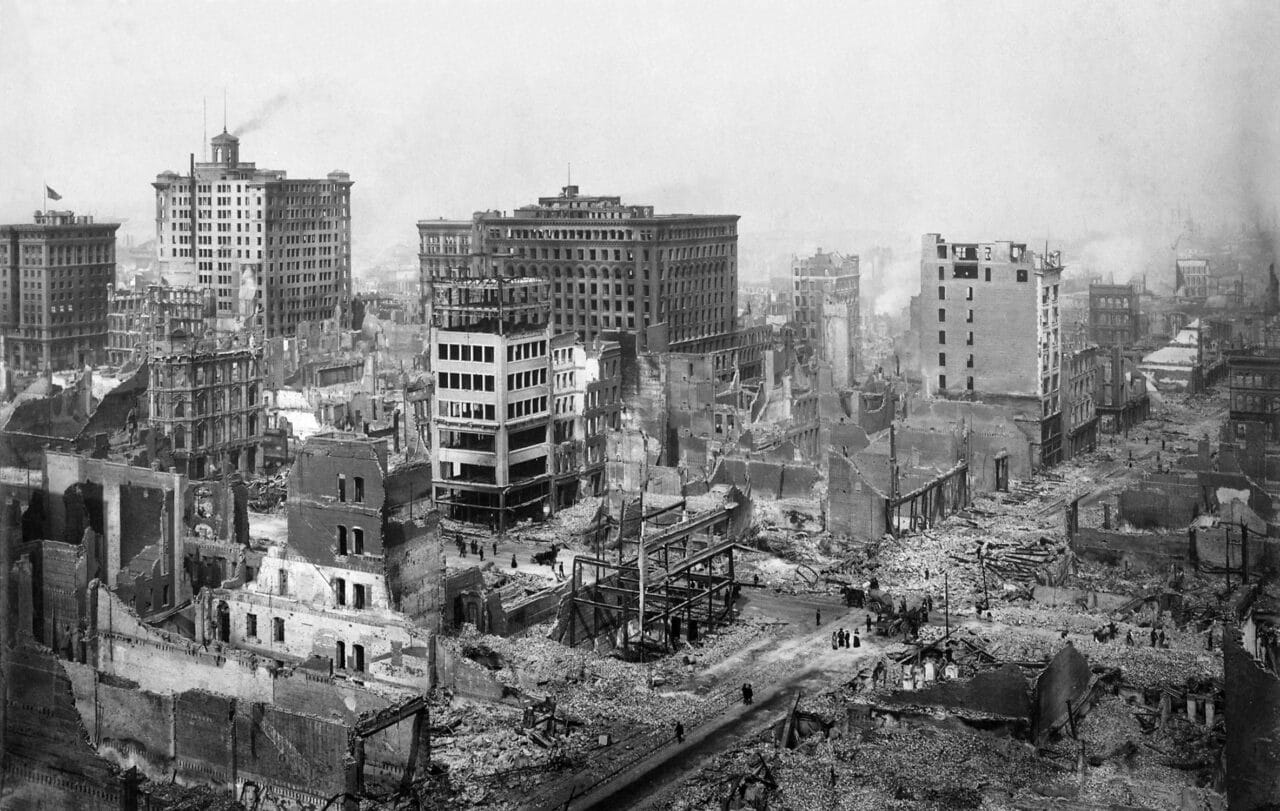A research team is aiming to shake up the status quo for earthquake models.
Researchers from the Universities of California at Berkeley and Santa Cruz, and the Technical University of Munich recently released a paper describing a new model that delivers deep learning to earthquake forecasting.
Dubbed RECAST, the model can use larger datasets and offer greater flexibility than the current model standard, ETAS, which has improved only incrementally since its development in 1988, it argues.
The paper’s authors — Kelian Dascher-Cousineau, Oleksandr Shchur, Emily Brodsky and Stephan Günnemann — trained the model on NVIDIA GPU workstations.
“There’s a whole field of research that explores how to improve ETAS,” said Dacher-Cousineau, a postdoctoral researcher at UC Berkeley. “It’s an immensely useful model that has been used a lot, but it’s been frustratingly hard to improve on it.”
AI Drives Seismology Ahead
The promise of RECAST is that its model flexibility, self-learning capability and ability to scale will enable it to interpret larger datasets and make better predictions during earthquake sequences, he said.
Model advances with improved forecasts could help agencies such as the U.S. Geological Survey and its counterparts elsewhere offer better information to those who need to know. Firefighters and other first responders entering damaged buildings, for example, could benefit from more reliable forecasts on aftershocks.
“There’s a ton of room for improvement within the forecasting side of things. And for a variety of reasons, our community hasn’t really dove into the machine learning side of things, partly because of being conservative and partly because these are really impactful decisions,” said Dacher-Cousineau.
RECAST Model Moves the Needle
While past work on aftershock predictions has relied on statistical models, this doesn’t scale to handle the larger datasets becoming available from an explosion of newly enhanced data capabilities, according to the researchers.
The RECAST model architecture builds on developments in neural temporal point processes, which are probabilistic generative models for continuous time event sequences. In a nutshell, the model has an encoder-decoder neural network architecture used for predicting the timing of a next event based on a history of past events.
Dacher-Cousineau said that releasing and benchmarking the model in the paper demonstrates that it can quickly learn to do what ETAS can do, while it holds vast potential to do more.
“Our model is a generative model that, just like a natural language processing model, you can generate paragraphs and paragraphs of words, and you can sample it and make synthetic catalogs,” said Dacher-Cousineau. “Part of the paper is there to convince old-school seismologists that this is a model that’s doing the right thing — we’re not overfitting.”
Boosting Earthquake Data With Enhanced Catalogs
Earthquake catalogs, or records of earthquake data, for particular geographies can be small. That’s because to this day many come from seismic analysts who interpret scribbles of raw data that comes from seismometers. But this, too, is an area where AI researchers are building models to autonomously interpret these P waves and other signals in the data in real time.
Enhanced data is meanwhile helping to fill the void. With the labeled data in earthquake catalogs, machine learning engineers are revisiting these sources of raw data and building enhanced catalogs to get 10x to 100x the number of earthquakes for training data and categories.
“So it’s not necessarily that we put out more instruments to gather data but rather that we enhance the datasets,” said Dacher-Cousineau.
Applying Larger Datasets to Other Settings
With the larger datasets, the researchers are starting to see improvements from RECAST over the standard ETAS model.
To advance the state of the art in earthquake forecasting, Dascher-Cousineau is working with a team of undergraduates at UC Berkeley to train earthquake catalogs on multiple regions for better predictions.
“I have the natural language processing analogies in mind, where it seems very plausible that earthquake sequences in Japan are useful to inform earthquakes in California,” he said. “And you can see that going in the right direction.”
Learn about synthetic data generation with NVIDIA Omniverse Replicator
